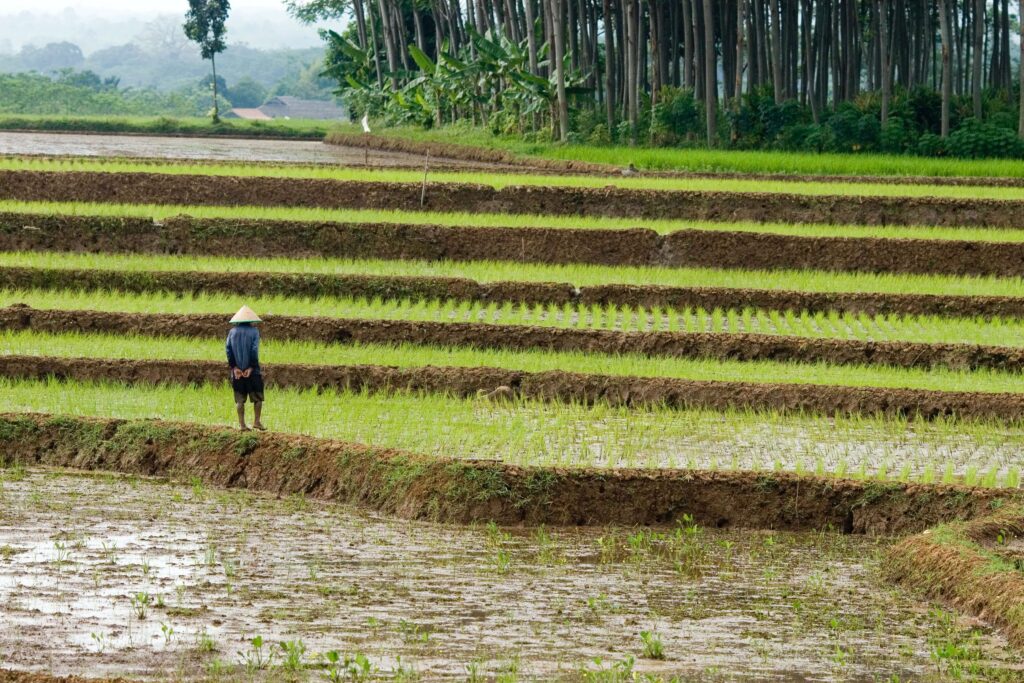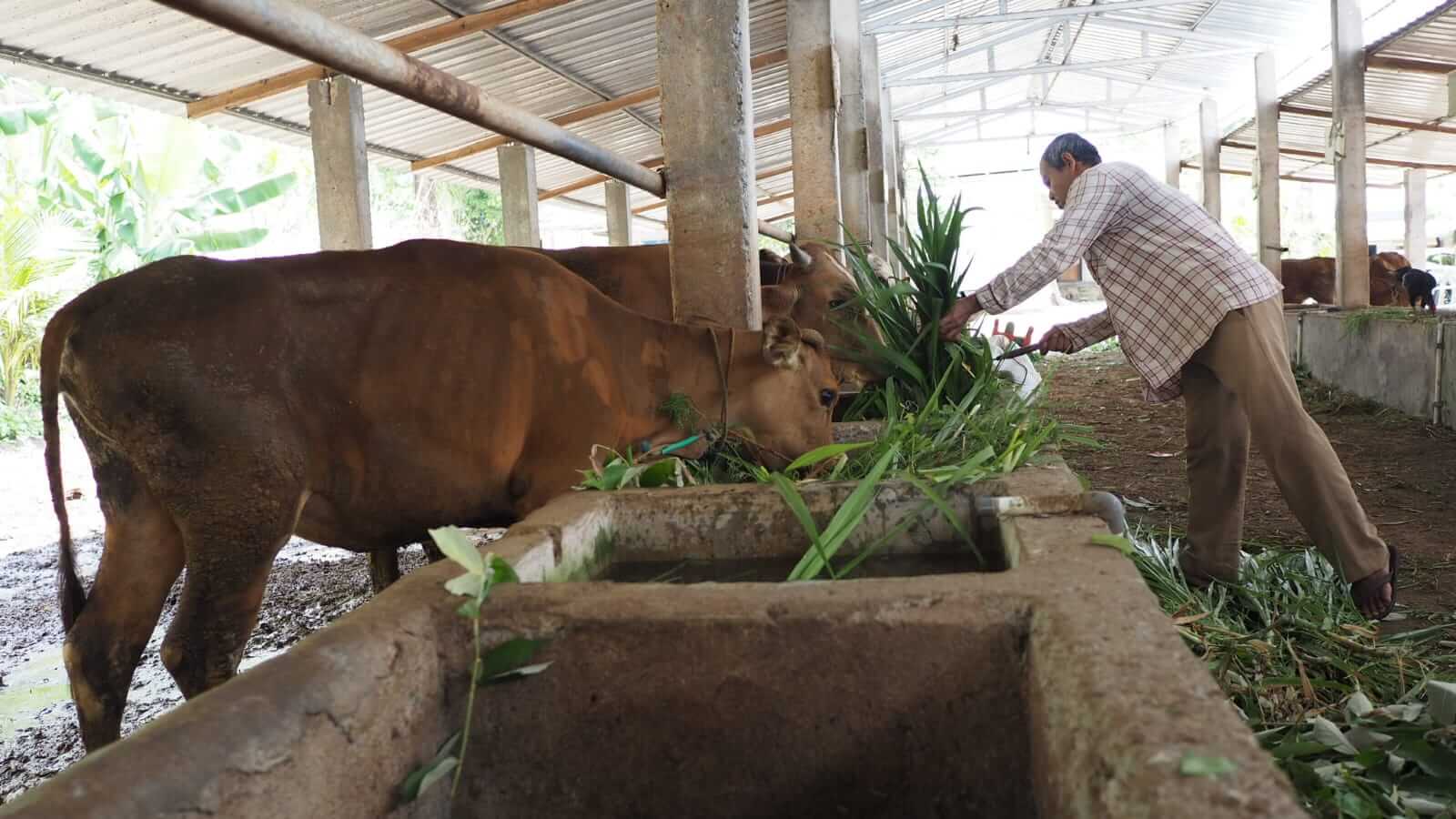
West Sumatra is a tropical region traversed by the equator, characterized by an equatorial rainfall pattern. Despite being a wet tropical area, West Sumatra is often struck by floods and landslides. However, the region also encompasses areas with a dry climate. Climate change affects various sectors, including agriculture, which is vulnerable to climate change impacts such as rising temperatures and changes in seasons, influencing planting patterns, planting times, production, and crop quality.
The unpredictability of rainfall intensity in a region can have serious consequences. Increased rainfall over a period can lead to floods, while reduced rainfall can result in drought. The consequences of various climate change impacts include a food crisis, evident in cases of crop failure caused by increasingly frequent natural factors.
The phenomenon of global warming, with an increase in extreme weather events, can significantly decrease agricultural production. Drought causes a decline in rice production, with rainfed fields being the most affected when rainfall decreases in dry climate areas. Additionally, the ongoing climate change can alter planting seasons, causing them to advance or delay.




Subscribe our newsletter to get our latest update & news.
© KONEKSI 2024